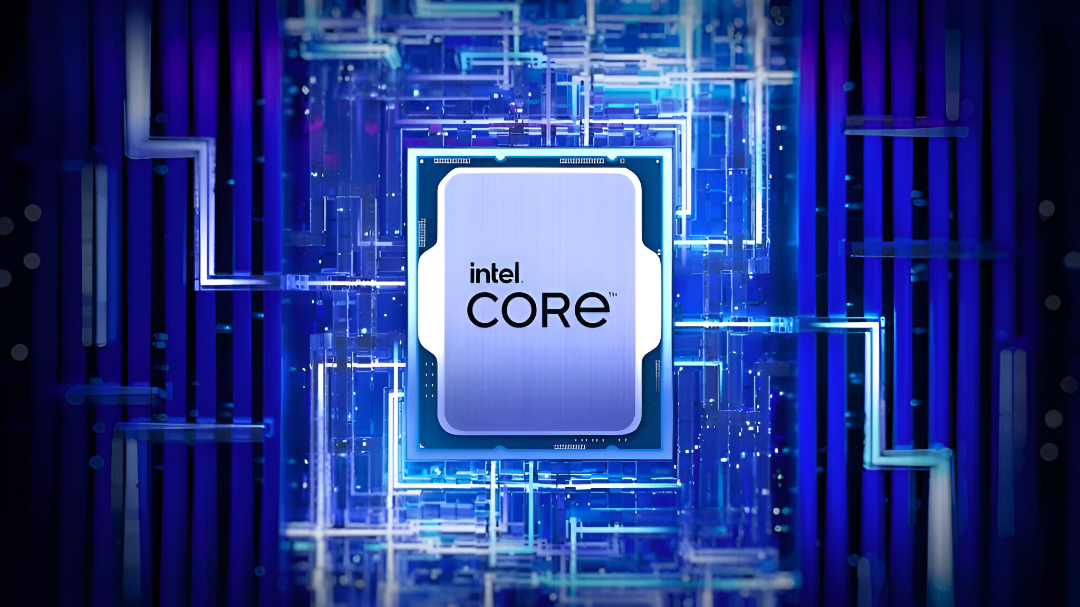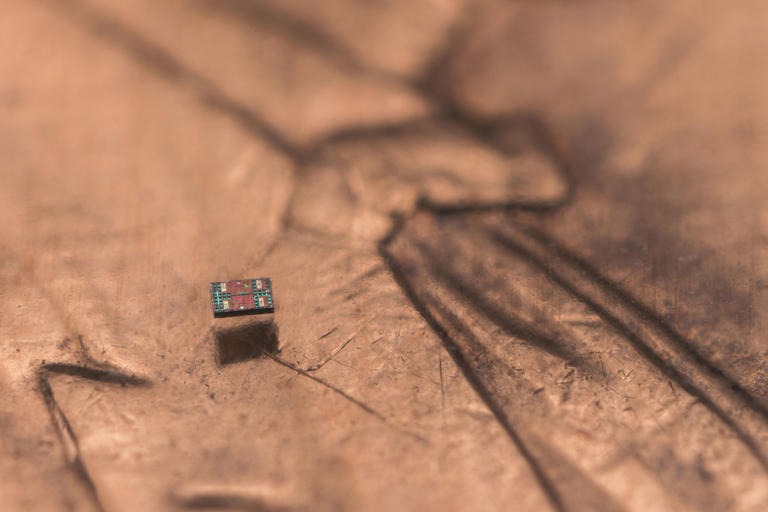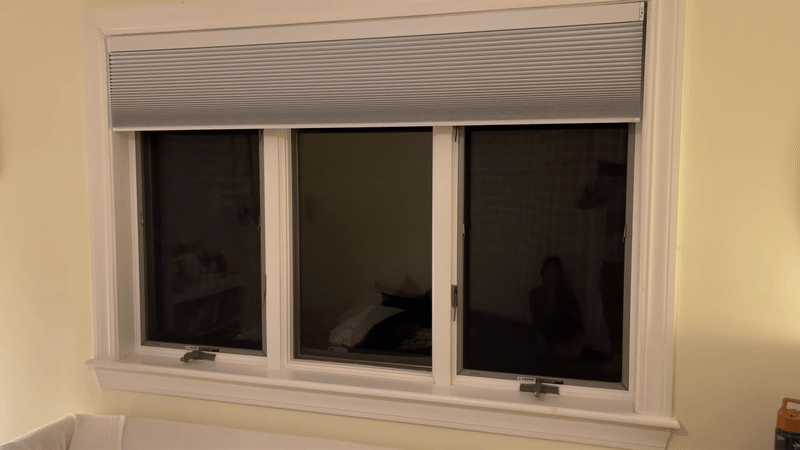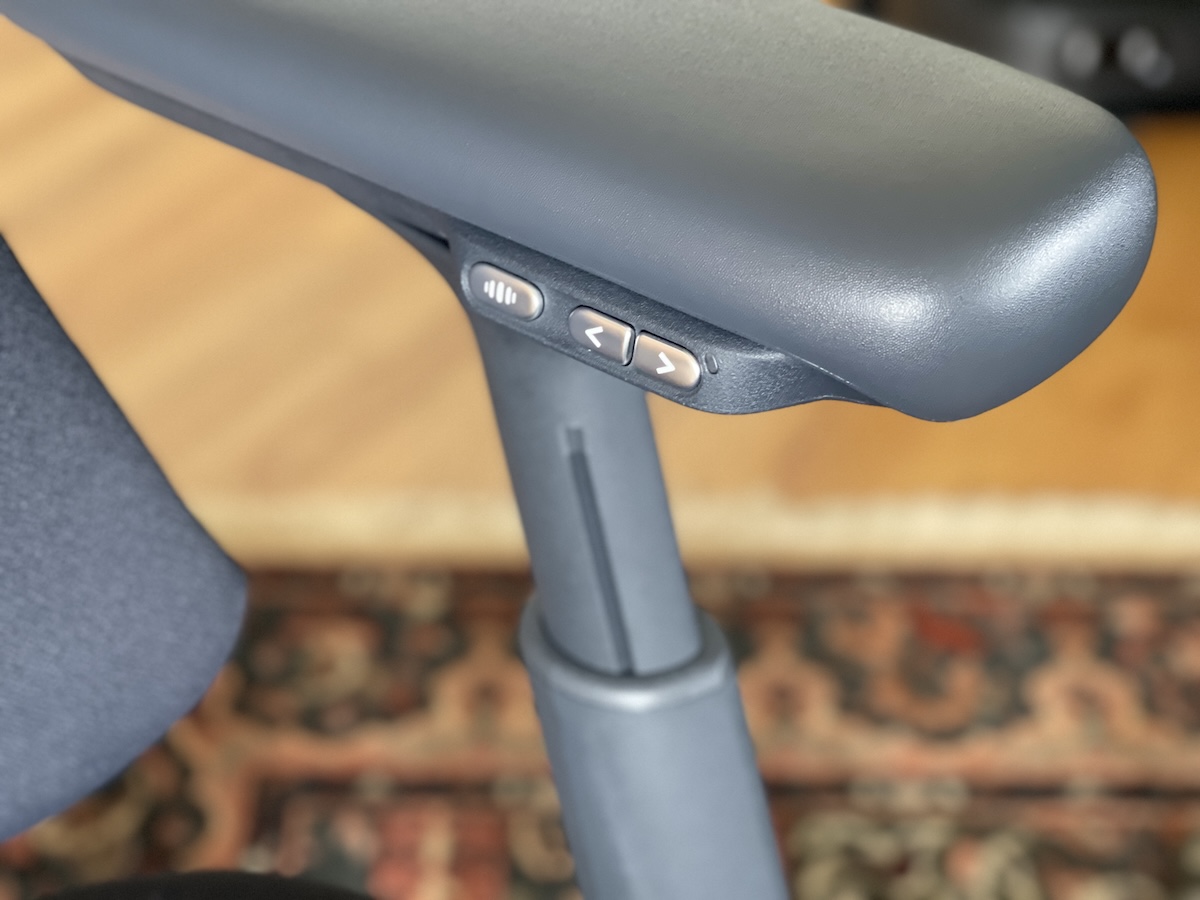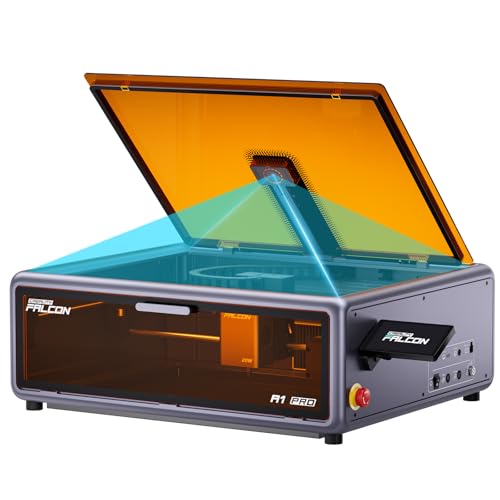Your data center’s next major upgrade decision just got more complicated. Intel’s Diamond Rapids Xeon processors, launching in 2026, pack up to 192 cores into a single socket—a 50% jump over current offerings that puts serious pressure on AMD’s server market lead. But AMD isn’t standing still, with its competing Epyc Venice promising an even more audacious 256 cores. It’s a high-stakes showdown, and quietly in the background, Ryzen 8000HX shows how AMD keeps raising the bar.
The Numbers Game Gets Serious
Diamond Rapids represents Intel’s most aggressive server CPU push yet, splitting 192 performance cores across four 48-core tiles using multi-die architecture. You’re looking at 16-channel DDR5 memory support delivering up to 1.6 TB/s bandwidth—double what current systems handle. That’s the kind of memory throughput your AI training workloads have been desperately craving.
The platform upgrades tell the real story. A new 9324-pin LGA socket, PCIe Gen 6.0 support, and configurations scaling to 768 cores per system suggest Intel is betting big on density. But here’s where reality bites: each socket consumes 500W, meaning a fully-loaded quad-socket server hits 2000W. Your facility’s power and cooling infrastructure might need serious upgrades.
AMD Strikes Back Harder
Intel’s timing couldn’t be more critical. AMD’s Epyc Venice, also targeting 2026, promises 256 Zen 6 cores on TSMC’s 2nm process—33% more cores than Diamond Rapids. That’s like bringing a smartphone to a smartwatch fight; the size difference matters more than you’d expect.
Both processors target the same sweet spot: environments blending traditional server tasks with AI workloads. Diamond Rapids includes Advanced Performance Extensions (APX) and enhanced Advanced Matrix Extensions (AMX), plus native support for TF32 and FP8 floating-point formats. These aren’t just spec sheet bragging rights—they’re essential for modern AI inference that doesn’t choke your general computing performance.
The Real-World Impact
Your infrastructure decisions in 2026 will hinge on more than core counts. Power consumption, platform compatibility, and total cost of ownership matter more than raw specifications. Diamond Rapids’ 500W requirement might seem excessive, but it’s targeting workloads that currently require multiple lower-core processors.
The server CPU wars are entering their most intense phase since the original Opteron vs. Xeon battles. Your next hardware refresh cycle will determine whether you’re riding the performance wave or drowning in outdated infrastructure, especially as Intel’s comeback plan takes shape.


